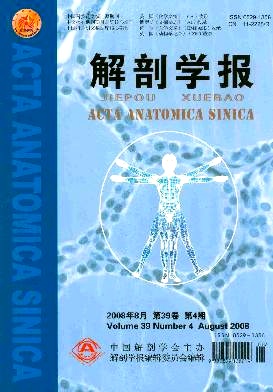|
|
Variation of morphological traits in head and face of Han in Shanxi province
2011, 42 (6):
840-845.
doi: 10.3969/j.issn.0529-1356.2011.06.025
Objective To study changes of head-face morphological characters with the increasing age. Methods Thirty-eight head-face characteristics of 401 male (150 urban males and 251 rural males) and 402 female adults (153 urban females and 249 rural females) of Han were investigated in Qi county of Shanxi province in August 2009. Twelve physical indices were calculated. Preliminary analysis was carried out to determine head-face characteristics changes with the increasing age. Results The head breadth,minimum frontal breadth, face breadth, external biocular breadth,lip height,thickness of lips and auricular height had negative correlations with age. Head length, nasal breadth, mouth breadth, morphological facial height, nasal height, nasal length, nasal depth, upper lip skin height, physiognomic ear length, physiognomic ear breadth and facia skinfold had positive correlations with age. With increase of the age, Shanxi han nationality’s mongoloid fold rate and external angle rate dropped, the internal angle rate increased, the opening height of eyeslits became narrower, the brown eye rate increased, the black eye rate dropped. The rate of upper lip skin height increased ,but the middle rate and narrow rate decreased. The thin rate of thickness of lips increased obviously, but thick rate fell. The middle rate of breadth of alae nasi increased. Length-breadth index of head, length-height index of head lip index had negative correlations with age. Morphological facial index, and vertical cephalo-facial index had positive correlations with age.Conclusion Changes of the headface morphological charac
Related Articles |
Metrics
|


